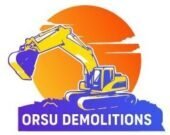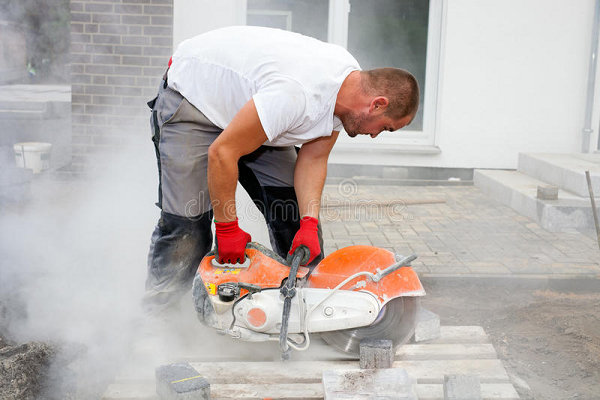Best Dry Cutting Concrete services in UAE
Looking for the best dry cutting concrete services in UAE ?
Concrete cutting is a specialized process that requires the right equipment and expertise to achieve accurate and precise cuts. If you’re looking for best dry cutting concrete services in UAE , you’re in the right place. Orsu is the leading concrete cutting company in the UAE, offering top-notch dry cutting concrete services to clients across the region.
Our team of experts has years of experience in dry cutting concrete and understands the unique challenges associated with this type of project. We are equipped with the latest tools and technology to ensure a safe and efficient cutting process, while minimizing the impact on the surrounding environment.
Services we Offer
We offer a wide range of dry cutting concrete services to clients across the UAE. Here are some of the main services we provide:
Concrete Cutting: We specialize in the safe and efficient dry cutting of all types of concrete, including reinforced concrete, precast concrete, and concrete blocks. We use state-of-the-art equipment and techniques to ensure that the cutting process is quick and efficient, while minimizing the impact on the surrounding environment.
Core Drilling: We provide comprehensive core drilling services, including the safe and accurate drilling of holes for plumbing, electrical, and HVAC installations.
Slab Sawing: We offer slab sawing services to create precise openings in concrete floors, walls, and ceilings. This is a cost-effective solution for creating openings for ductwork, plumbing, and electrical installations.
Wall Sawing: We provide wall sawing services to create precise cuts in concrete walls for doors, windows, and other openings.




